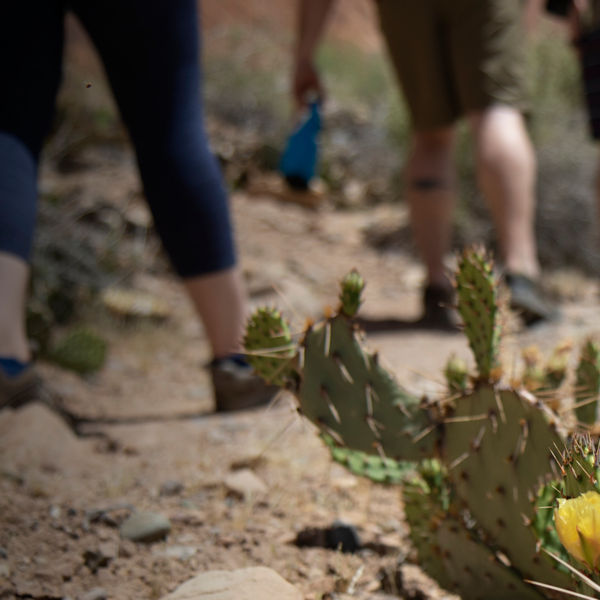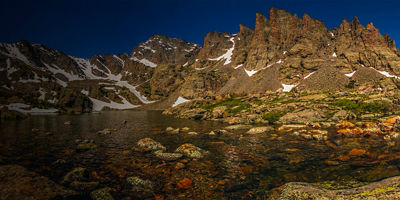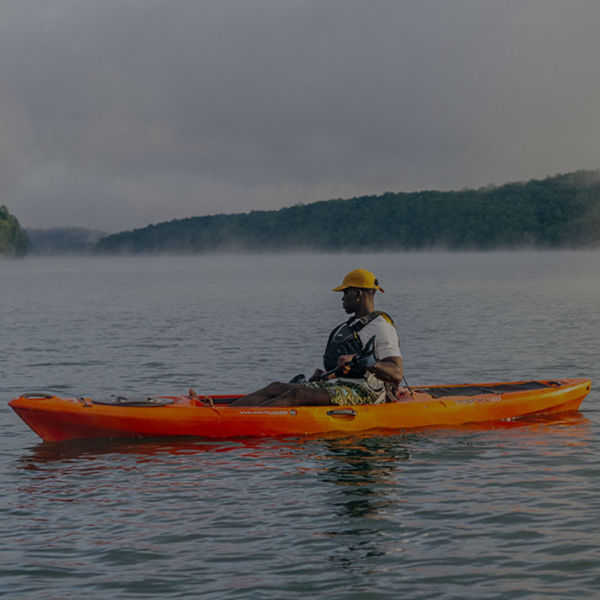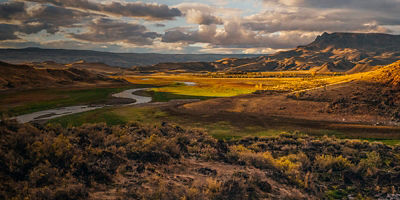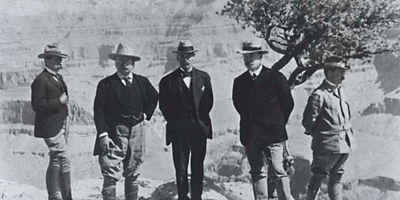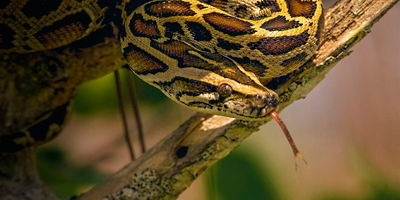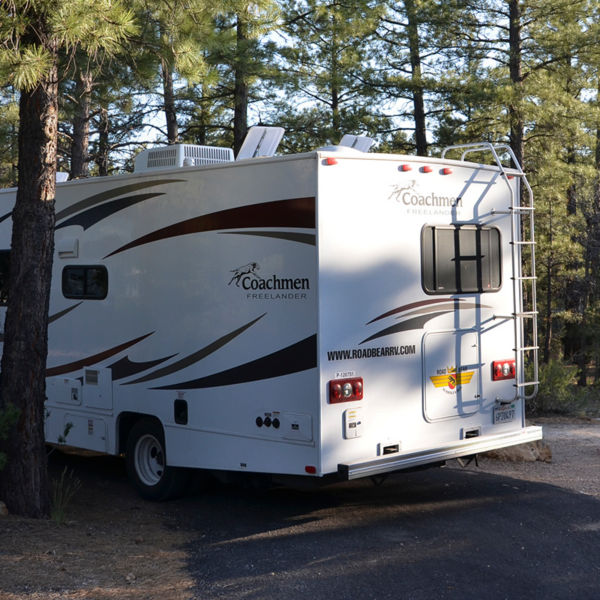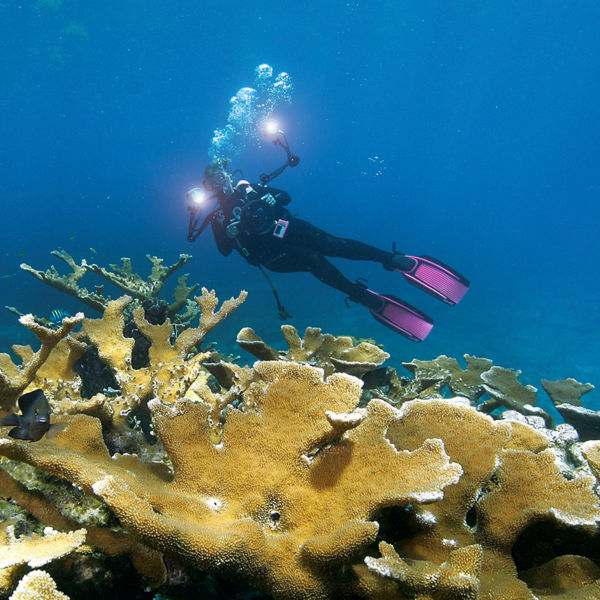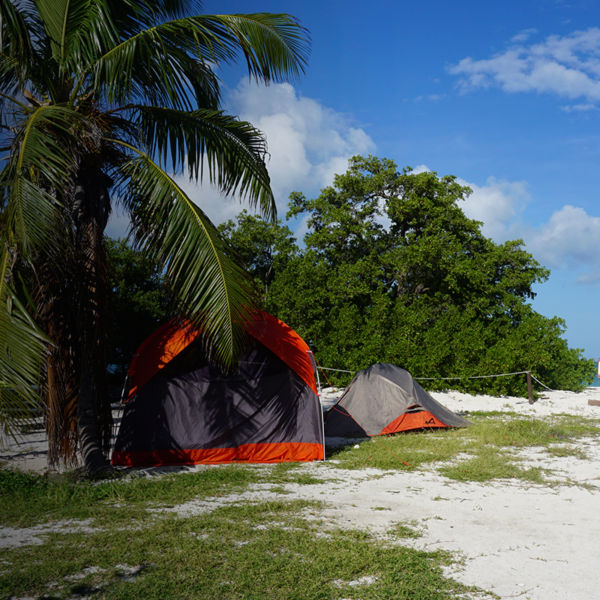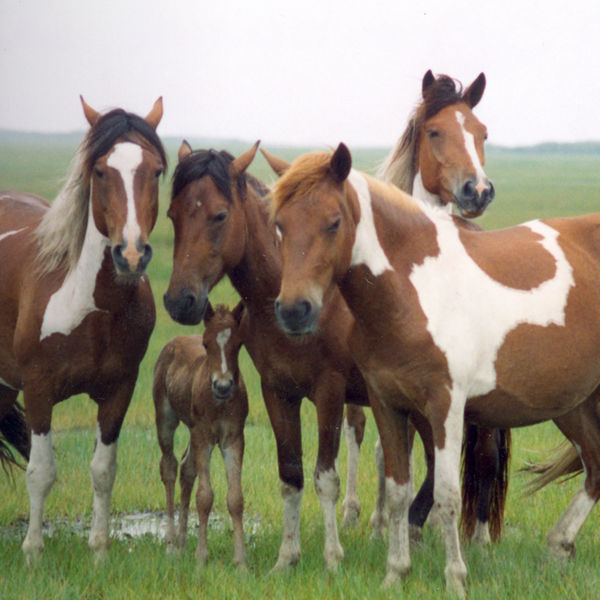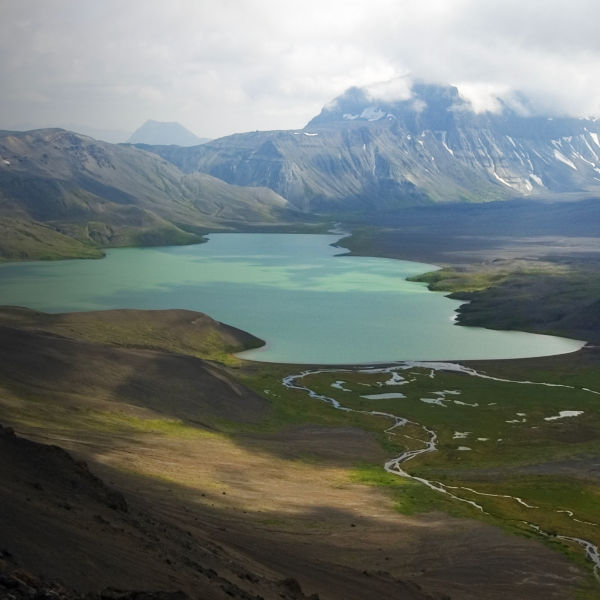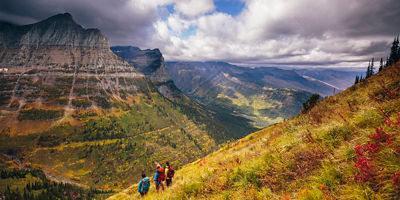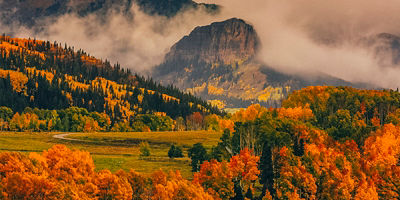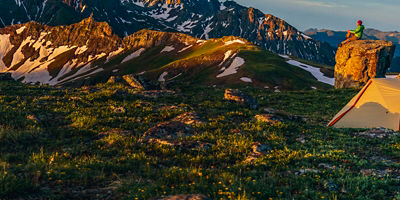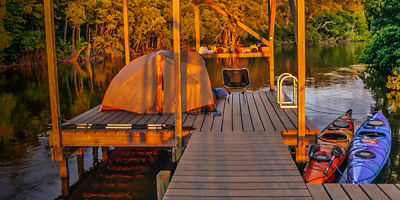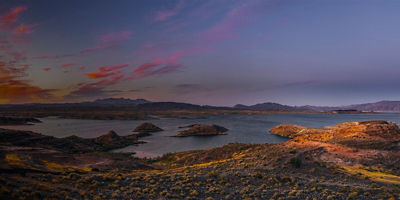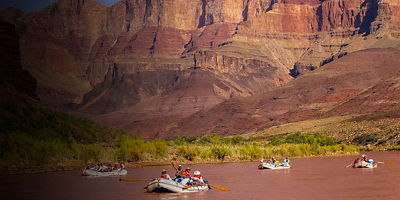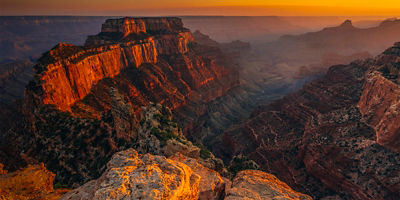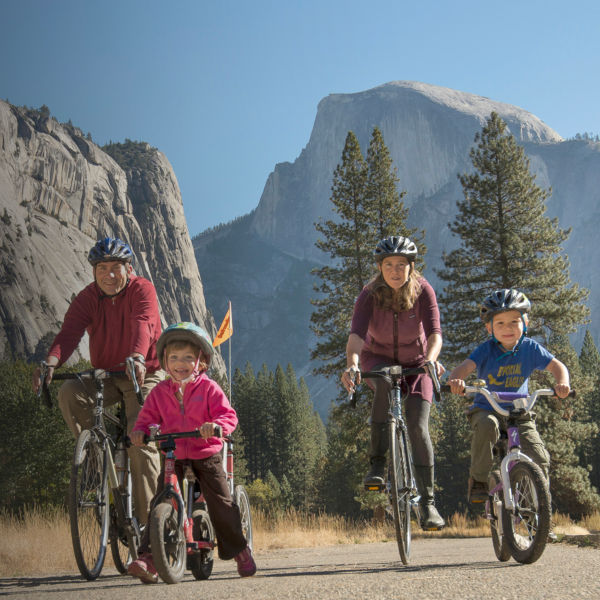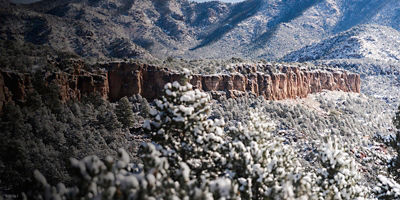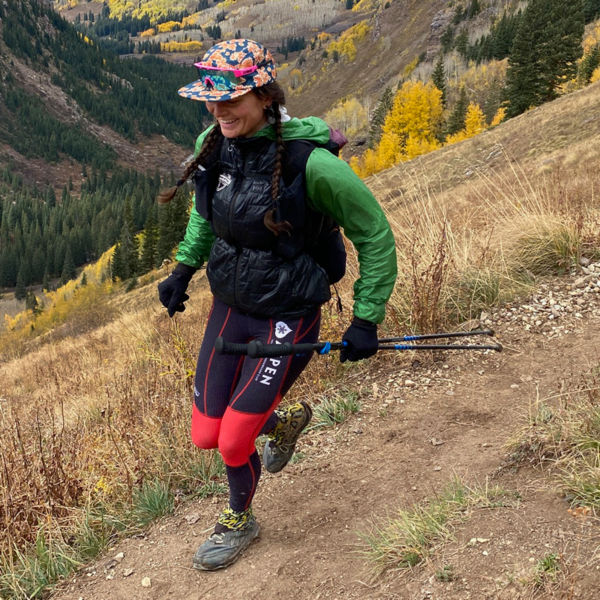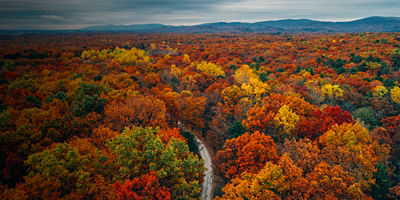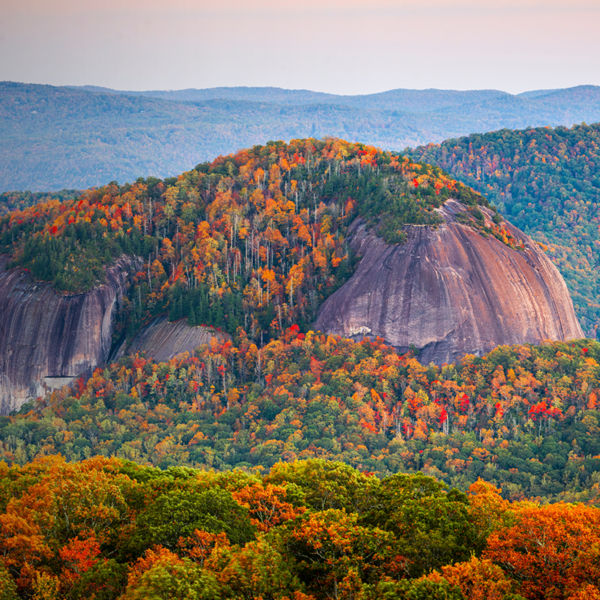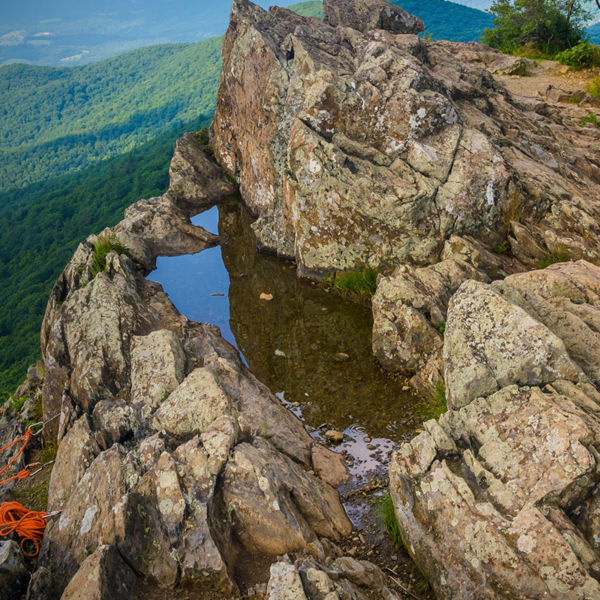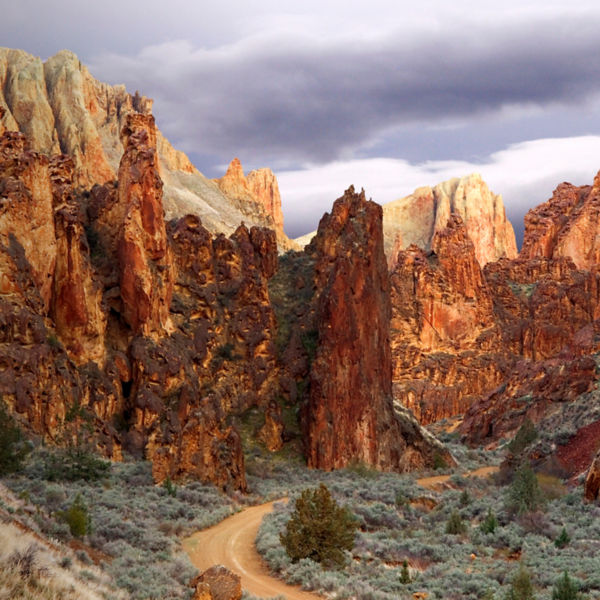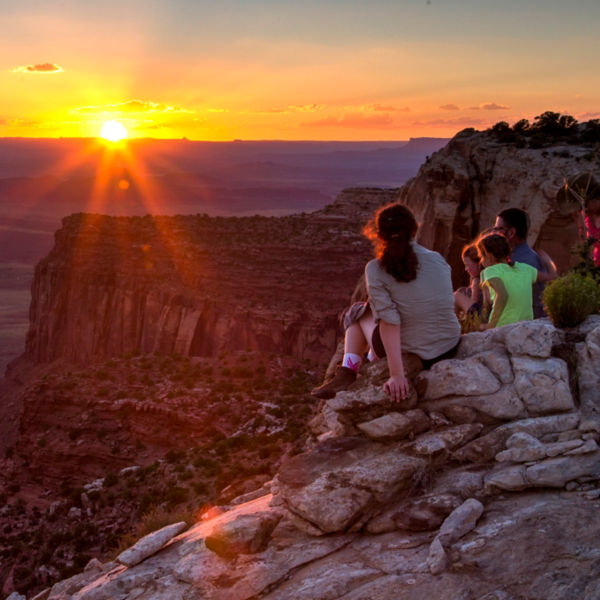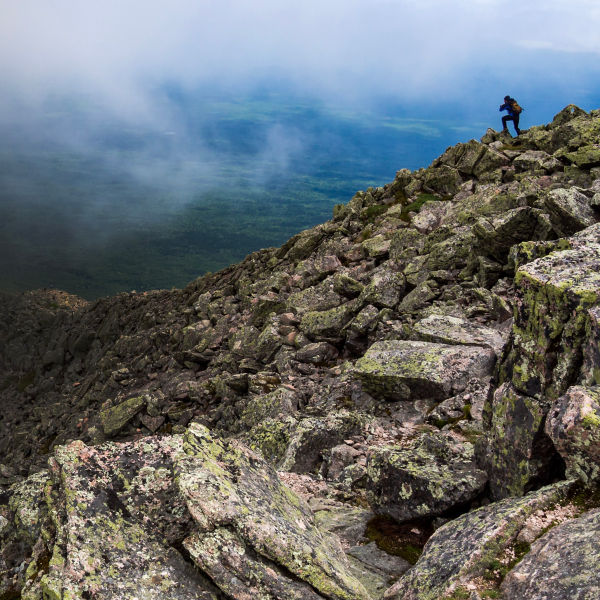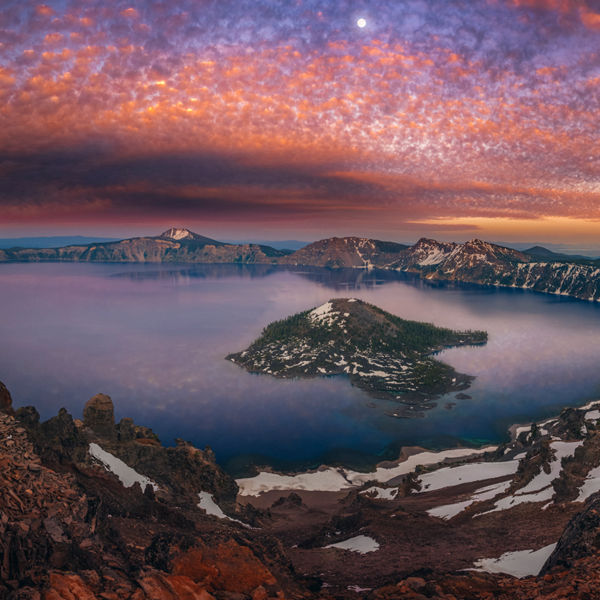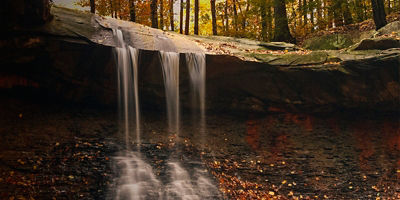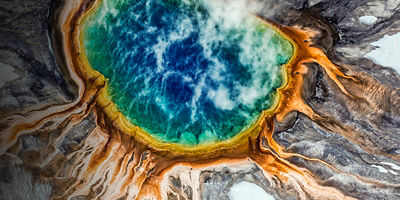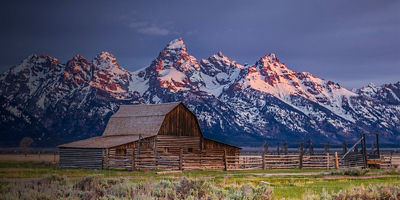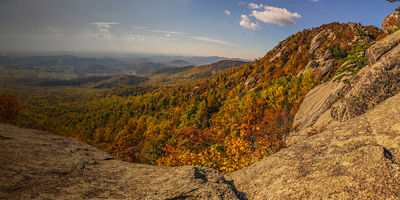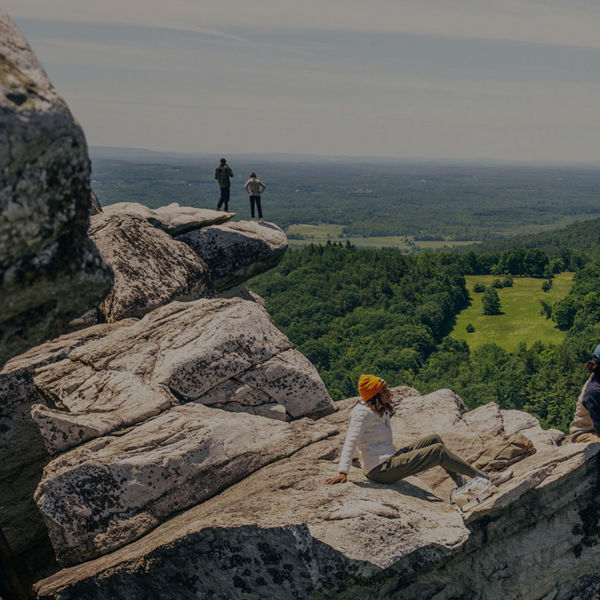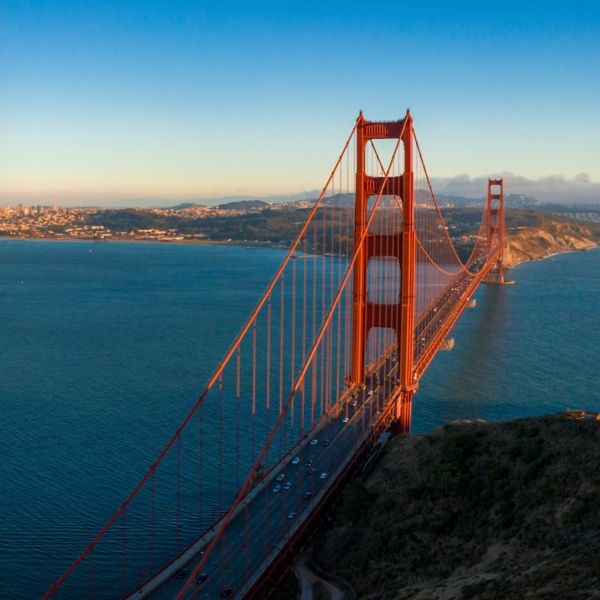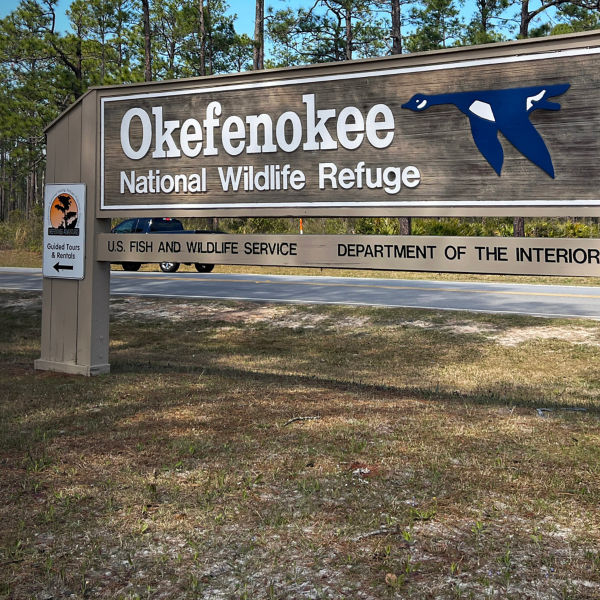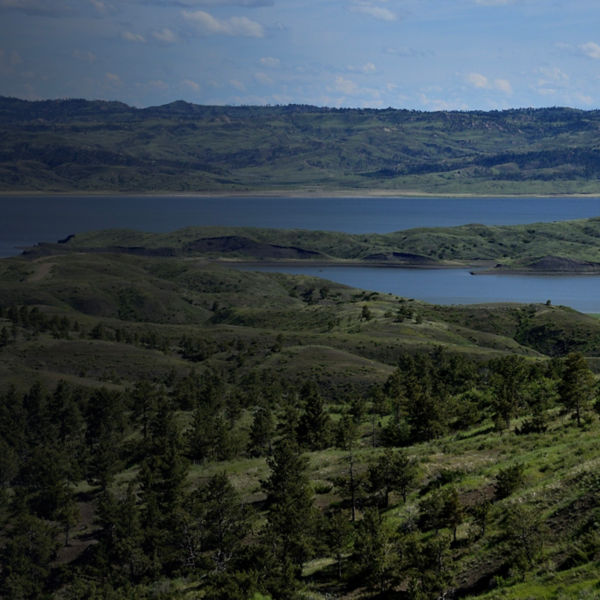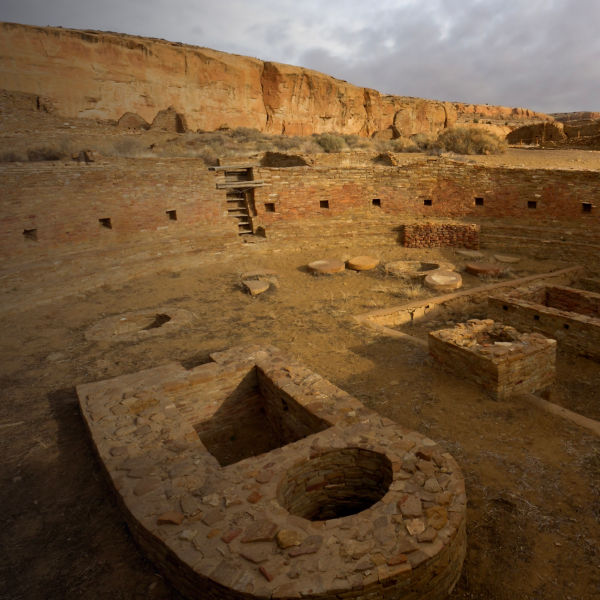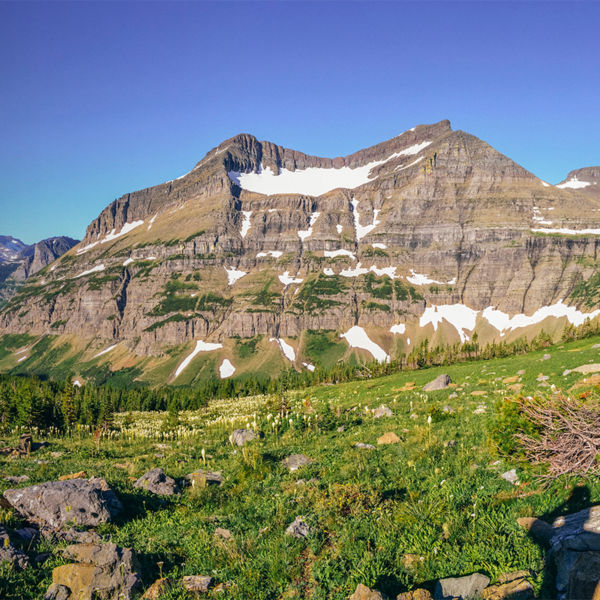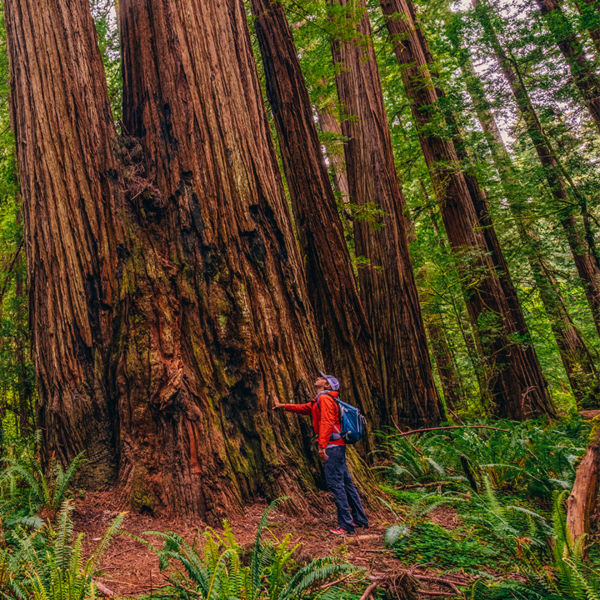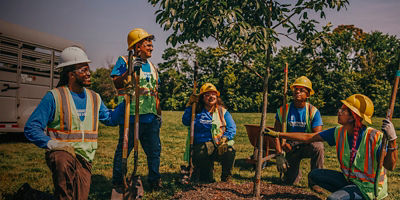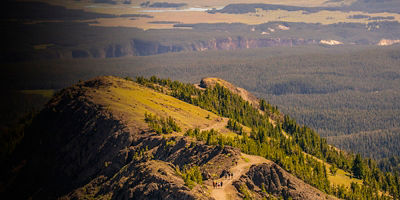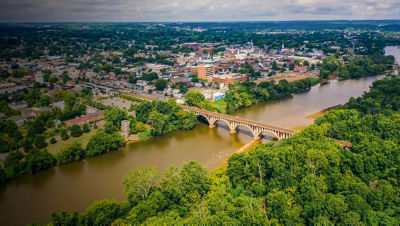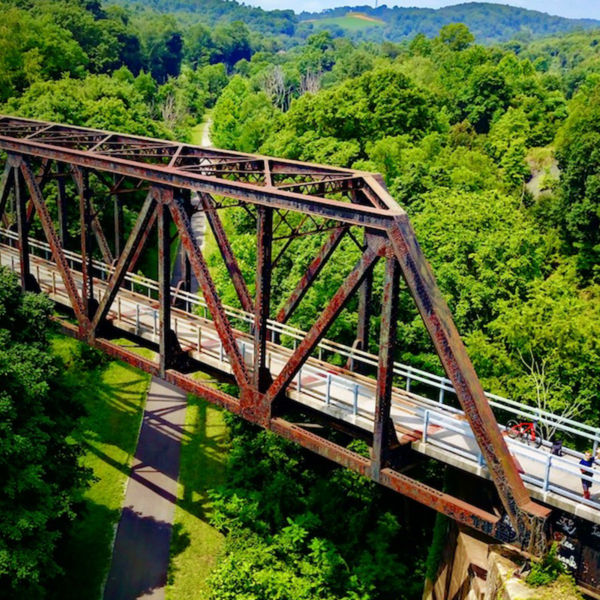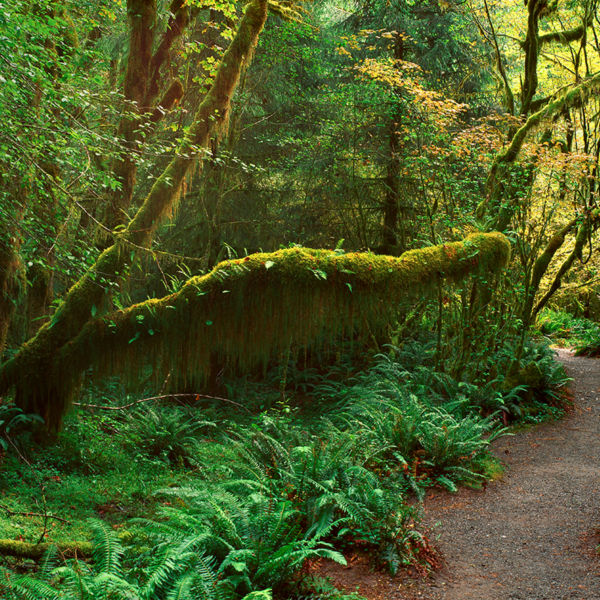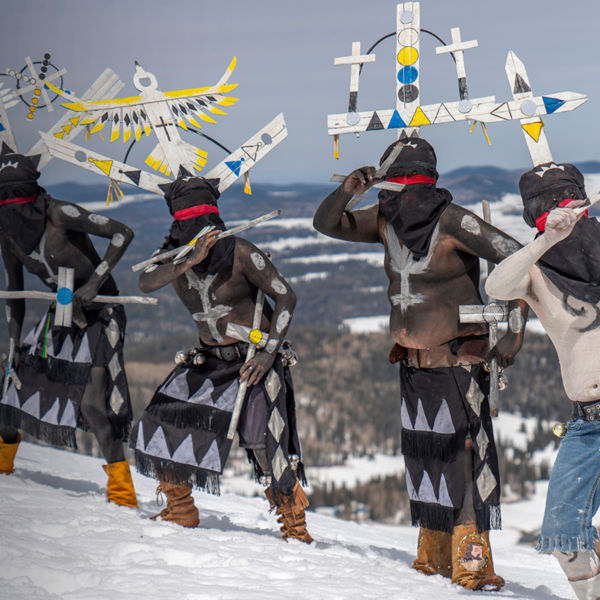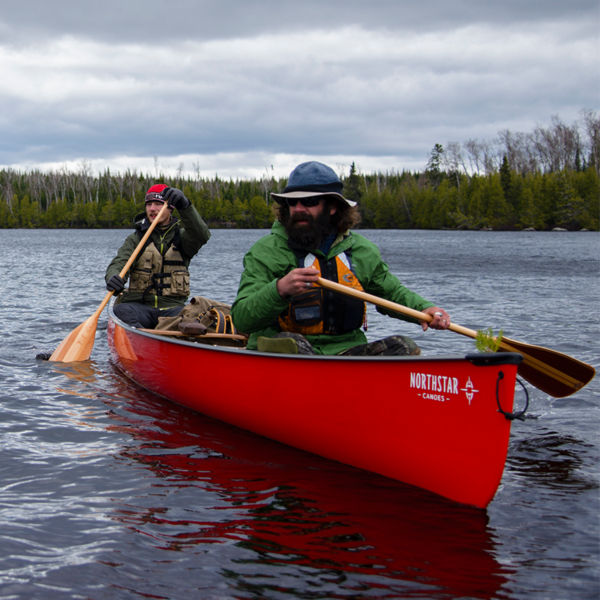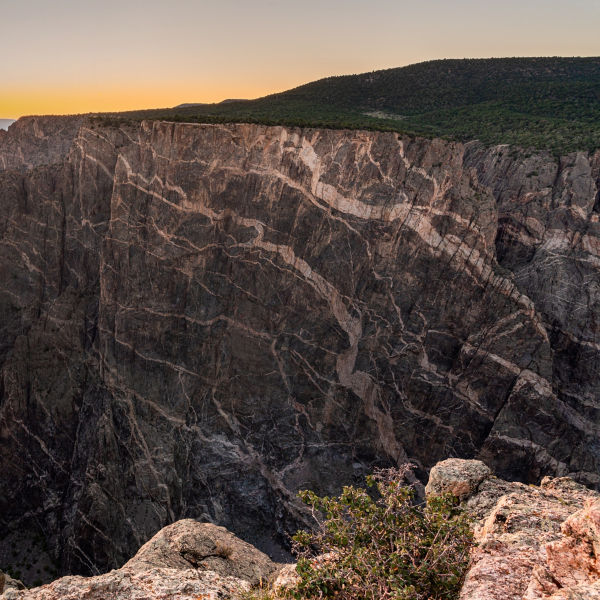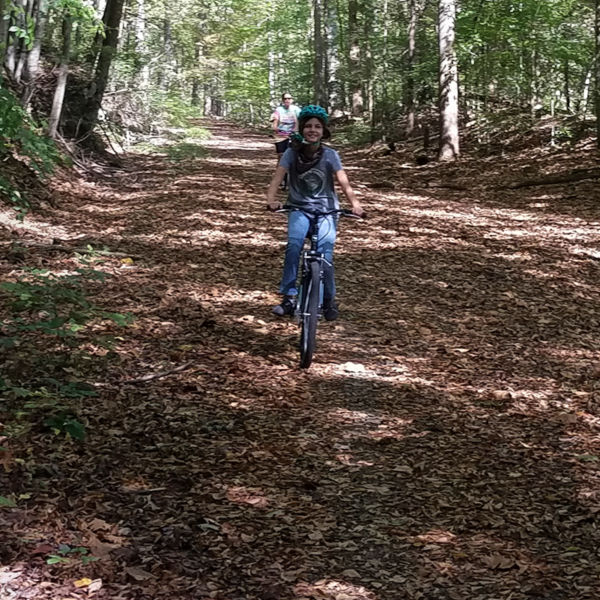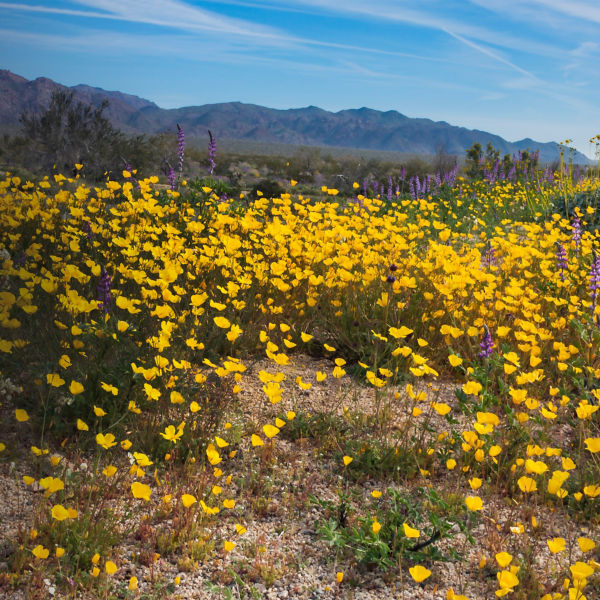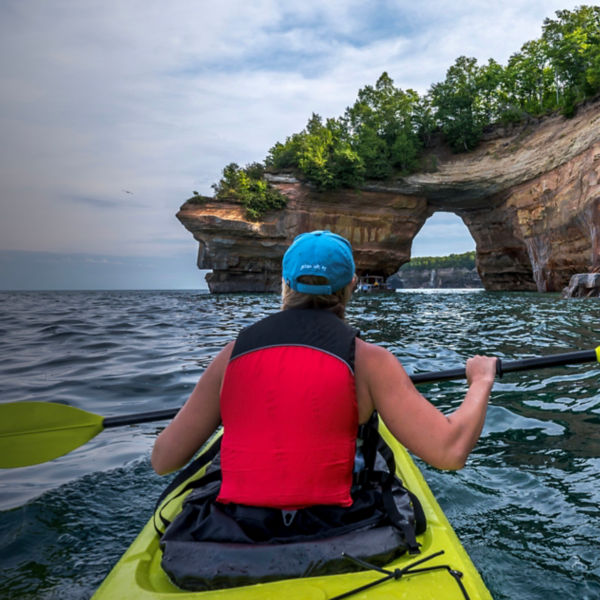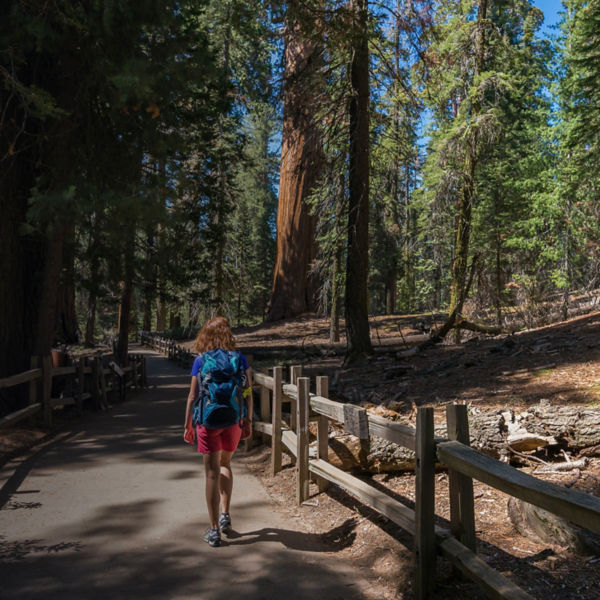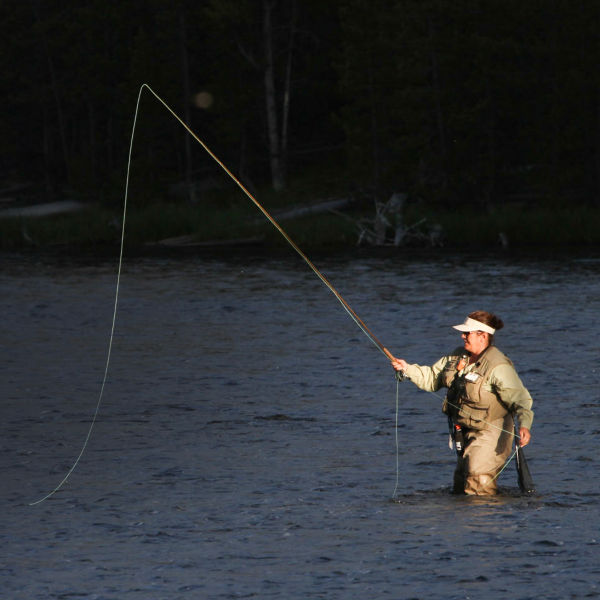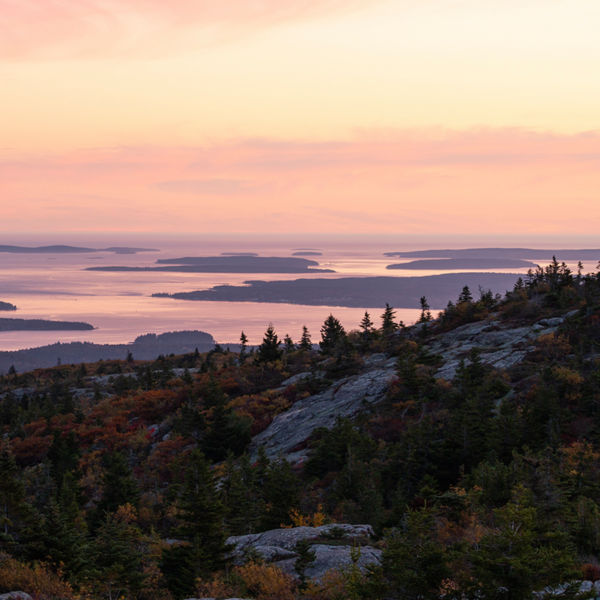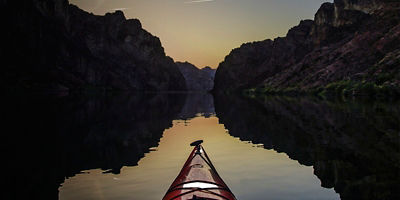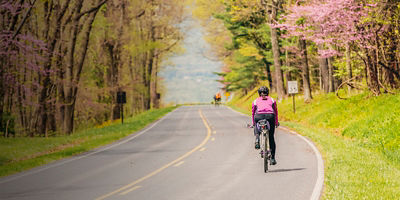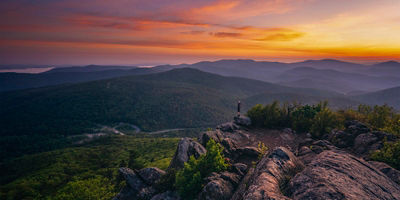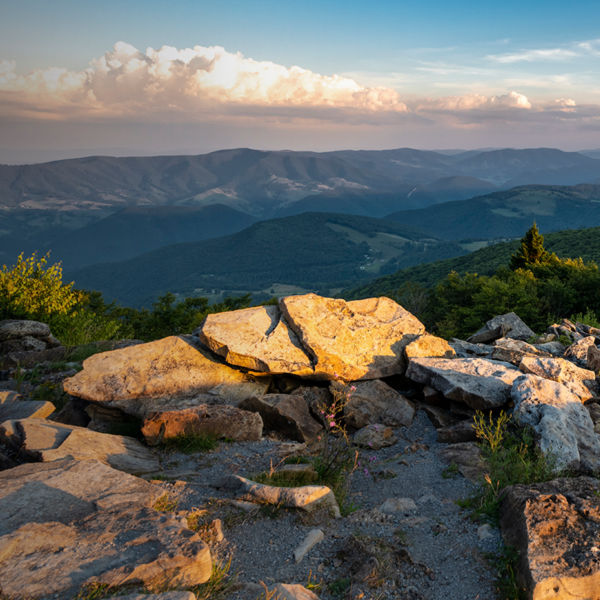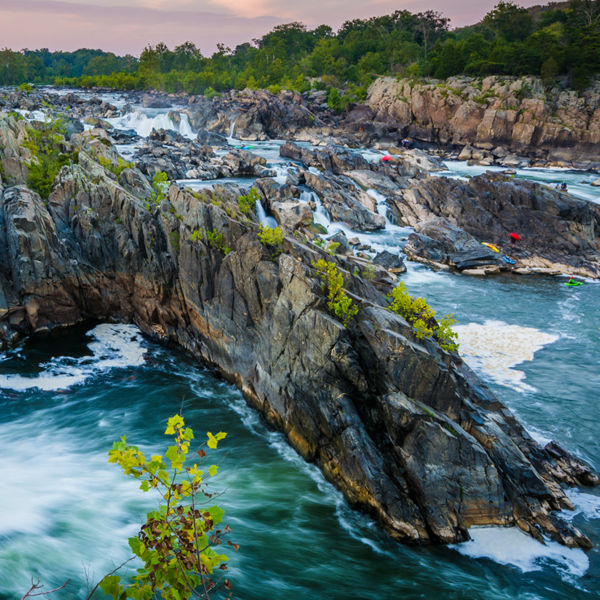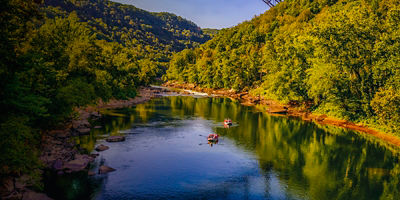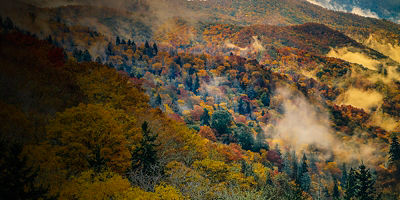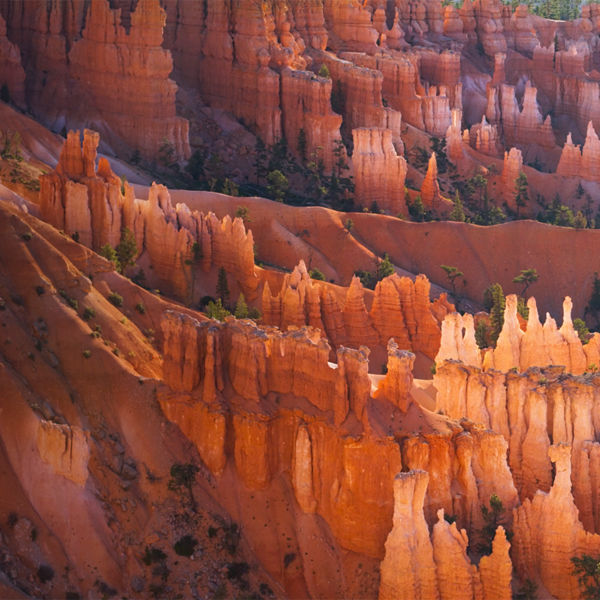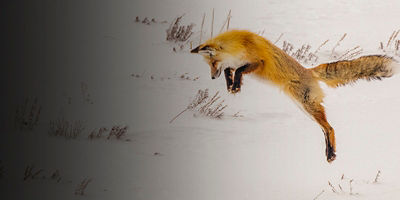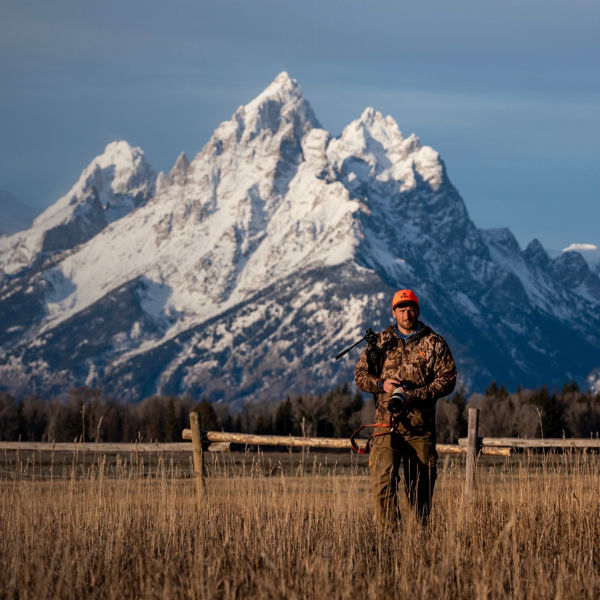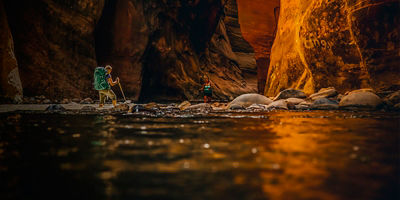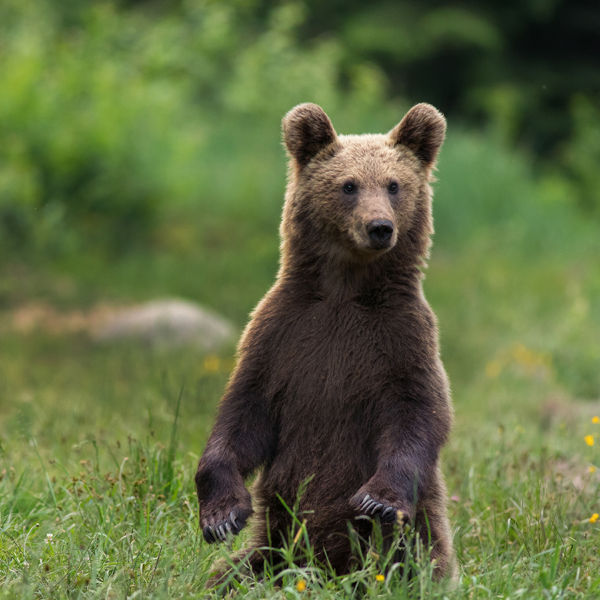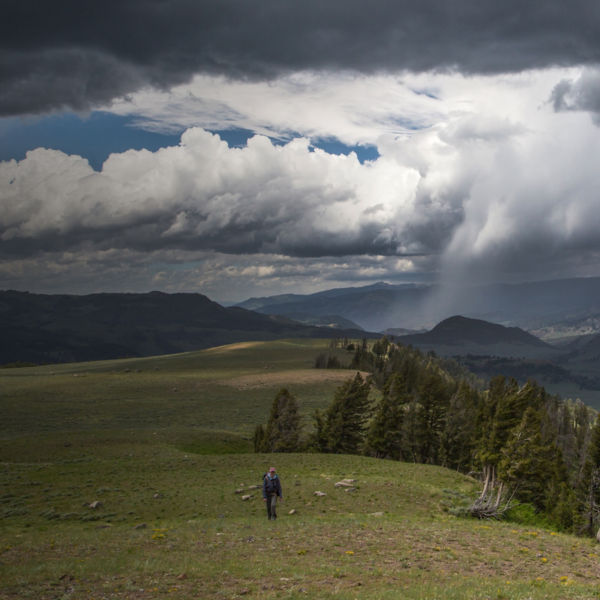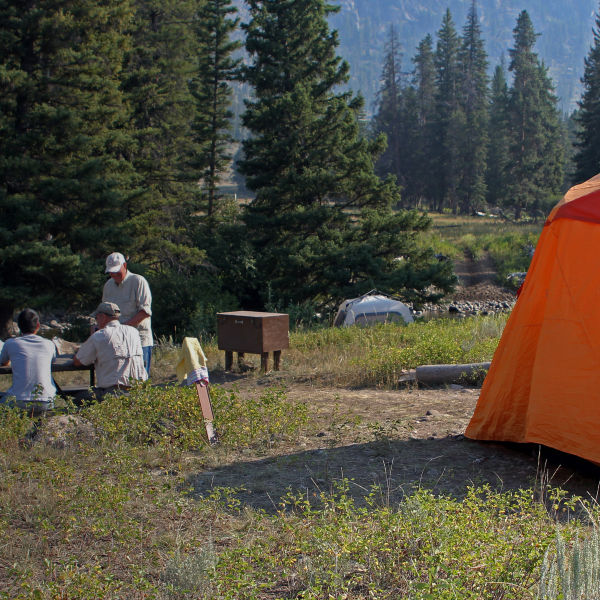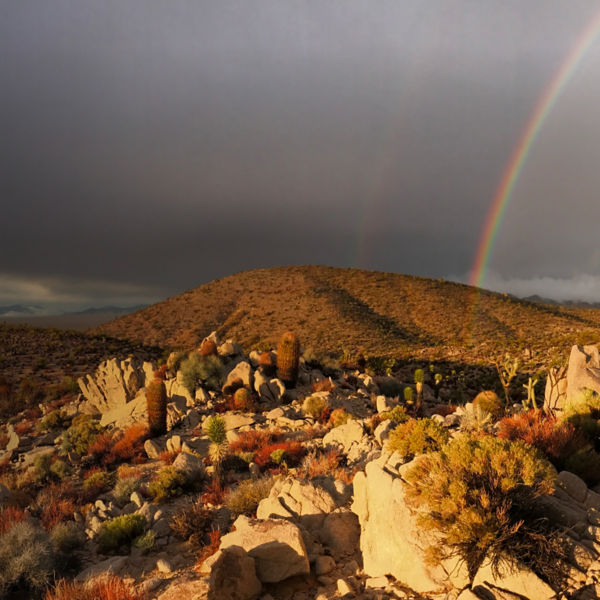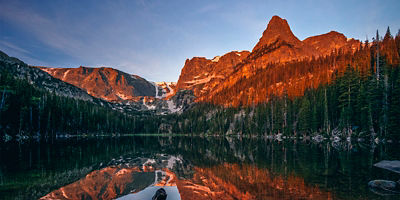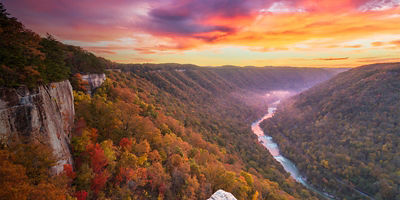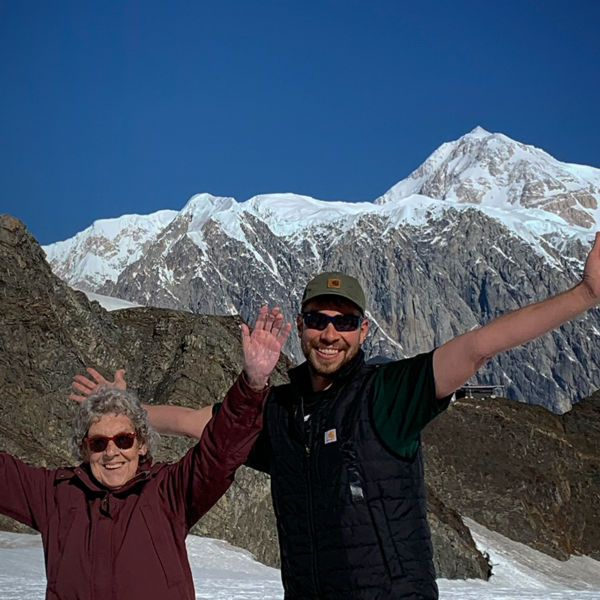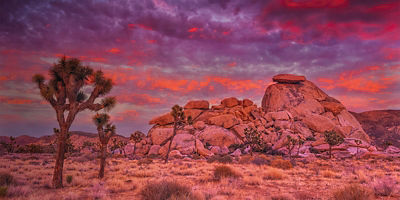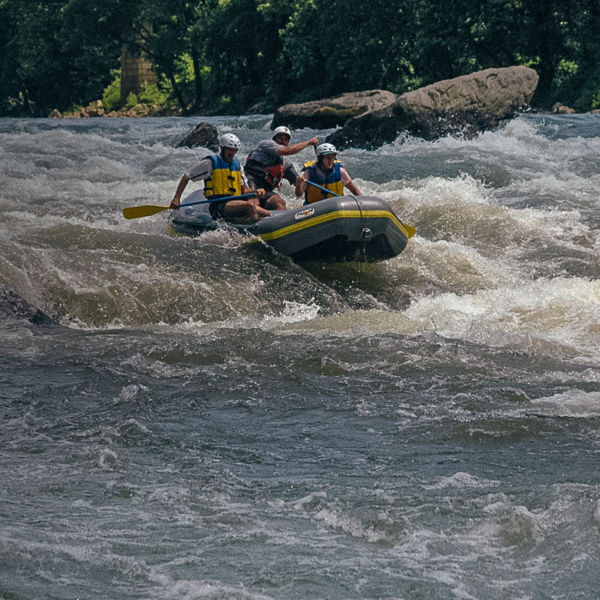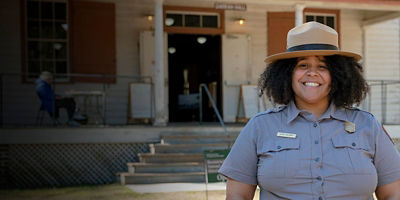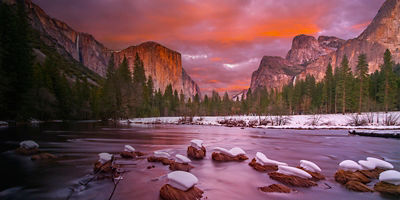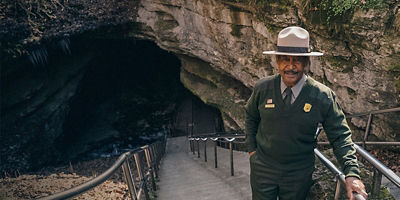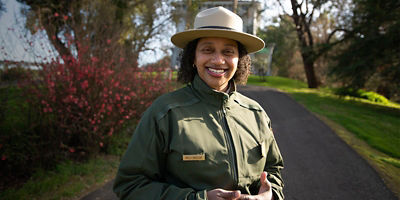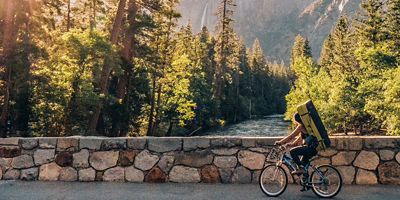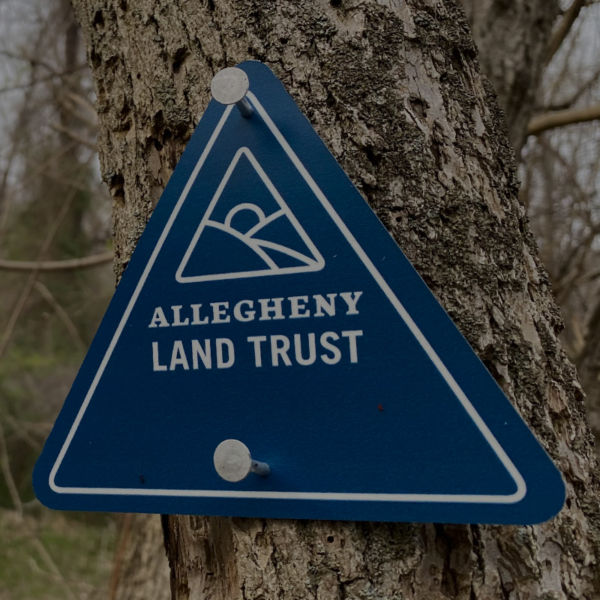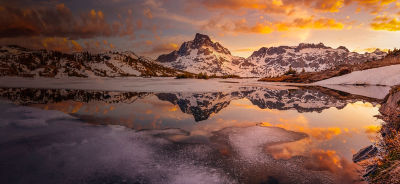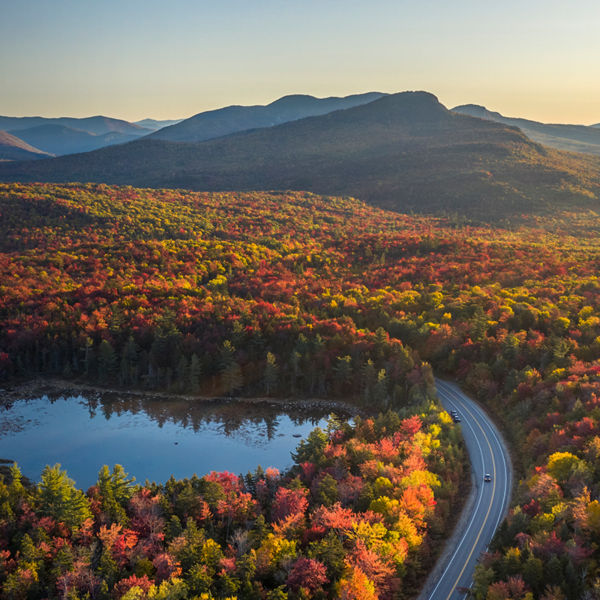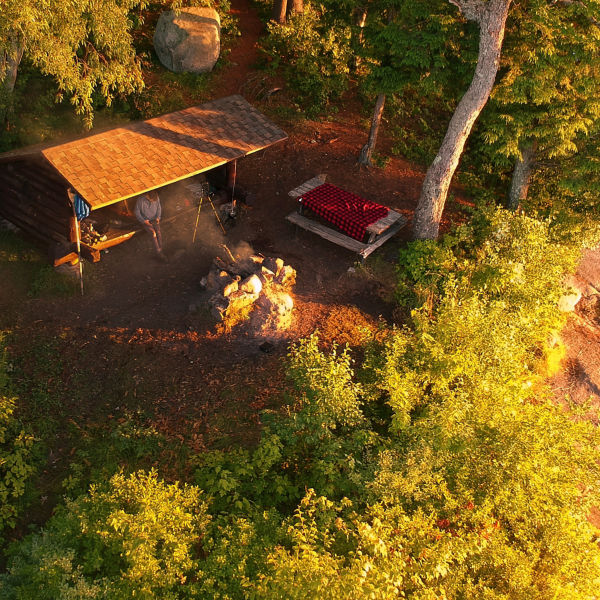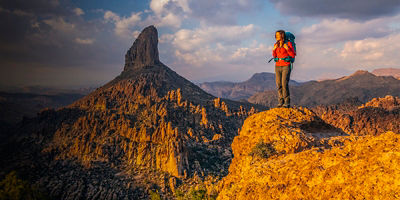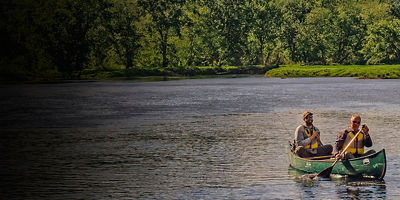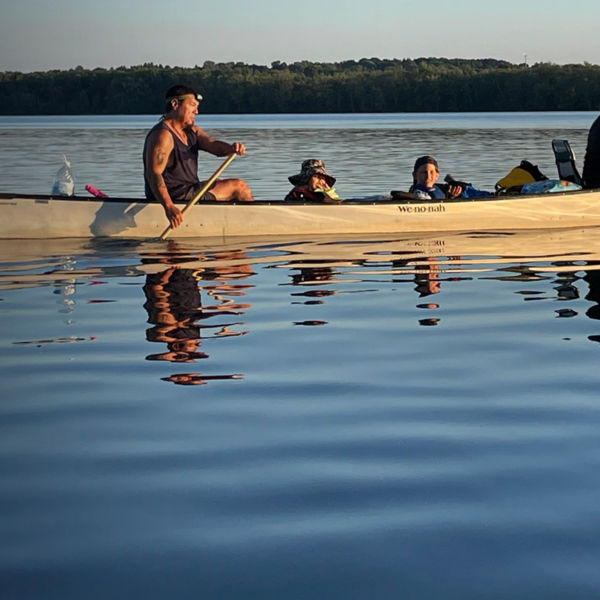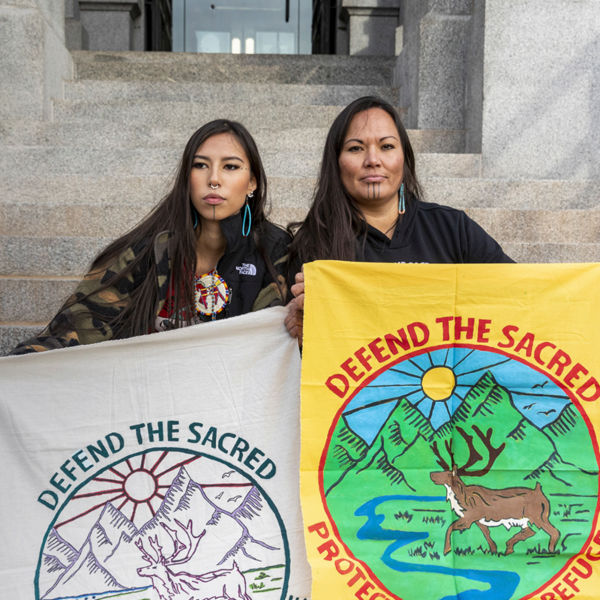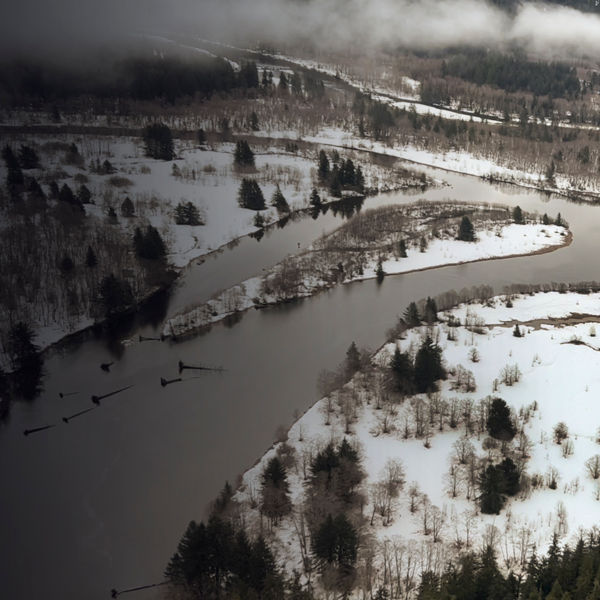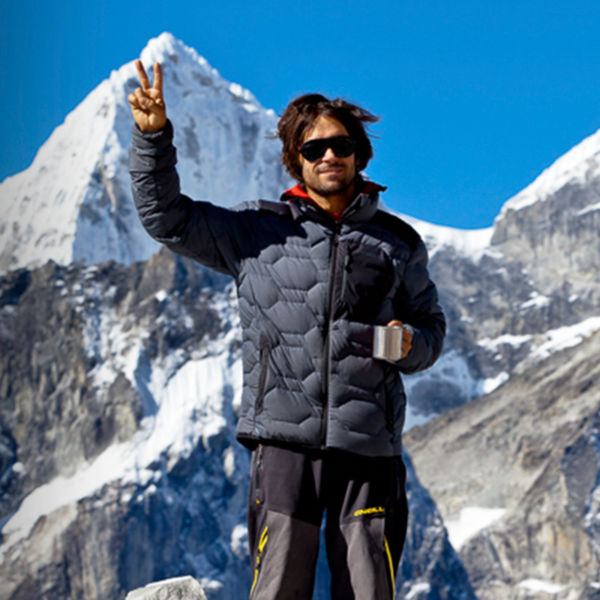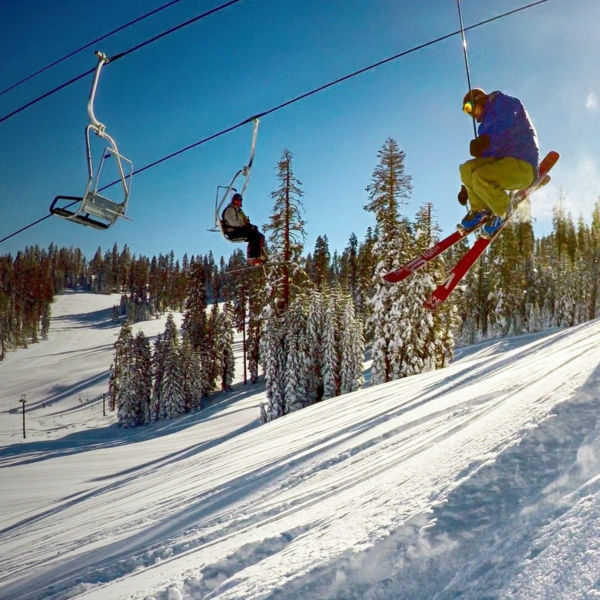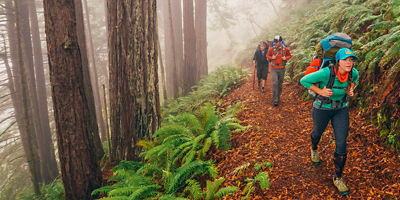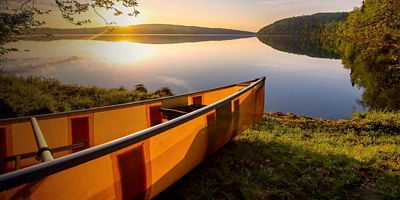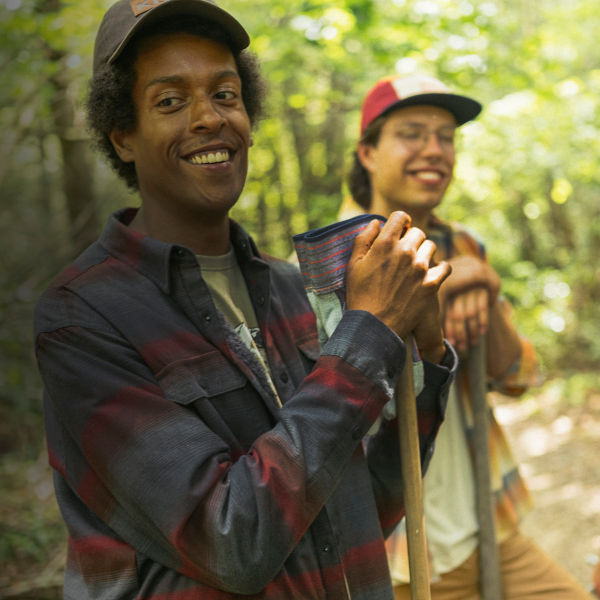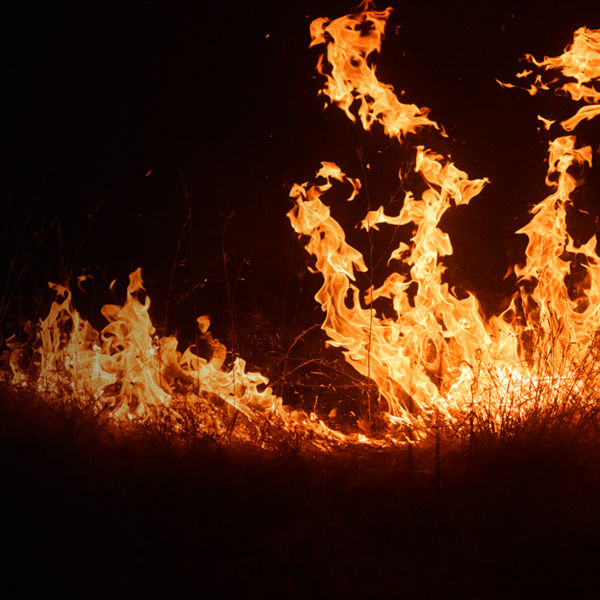
Nestled in the Black Hills of South Dakota, Wind Cave National Park has been welcoming visitors since President Teddy Roosevelt first established the preserve in 1903, making it the first cave to become a U.S. National Park.
Beneath the ground, Wind Cave contains more than 150 miles of surveyed cave; it’s the third-longest cave in the United States and the seventh-longest in the world. Inside the cave system, you’ll also find the world’s largest concentration of boxwork—a thin, honeycomb-like calcite structure that covers the cave’s walls. And you don’t have to be an experienced spelunker to see it: Park rangers guide tours into the cave almost every day.
The cave has one small natural entrance. As temperatures within and outside the cave change, winds blow in or out to even the atmospheric pressure. These breezes, and the faint whistling noise they create, are the reason Wind Cave has its name. But the cave isn’t the only attraction in the park, either. Above ground, you’ll find 33,970 acres of Black Hills prairie and forest that are perfect for wildlife viewing and recreating.
History
To the Lakota and other Native American tribes, Wind Cave is a sacred place—the very location of human creation. In this oral tradition, the cave entrance is where people first emerged from Mother Earth to walk on the surface of the planet. The American Bison that can be seen around the area occupy a similarly revered place in the worldview of many tribes.
European Americans first found Wind Cave in 1881, when two brothers, Jesse and Tom Bingham, heard a whistling from the cave’s small opening. When they got closer to inspect the hole, the story goes, the wind was powerful enough to blow Jesse’s hat off. Soon after, the cave’s first reported explorer, Charlie Crary, dropped into the opening, leaving twine behind him so he could find his way out.
Mining operations began in the area, but they were ultimately unsuccessful. Tourism followed, and groups of visitors were led into the cave through new man-made entrances. By 1891, the cave had wooden staircases, walkways, and even a hotel near its entrance. After squabbles among the associated business owners led to a lawsuit over the cave’s ownership, the U.S. government took back the cave and the surrounding land in 1901. The argument: It had been acquired for homesteading, and no homesteading was occurring.
Just a few years later, President Roosevelt designated the land a national park, which it has remained to this day.
Nature
Beneath the ground, Wind Cave National Park is home to illustrious and expansive cave formations and geology beloved by both professional geologists and enthusiasts alike. Parts of the cave are over 300 million years old. And having grown and changed significantly over millennia, those geological processes continue to this day. Still, Wind Cave is perhaps most famous for its boxwork, as it contains more of these formations than all the other (known) caves on earth combined. Other notable features include underground lakes and beautiful crystals and rock formations like frostwork, cave popcorn, calcite rafts, and dogtooth spar. The park is also home to areas of paleontological significance where scientists have found bones and fossils of prehistoric animals like dire wolves, peccaries, and pine martens.
As for living species, the prairie above the cave is home to bison, elk, antelope, deer, prairie dogs, and black-footed ferrets, as well as birds like the northern saw-whet owl and northern flicker woodpecker. In particular, Wind Cave National Park has been an important location for the preservation of bison. In 1913 the American Bison Society sent 14 bison from the New York Zoological Gardens, and later six more from Yellowstone, to reestablish the Wind Cave herd that still roams the protected prairie today.



